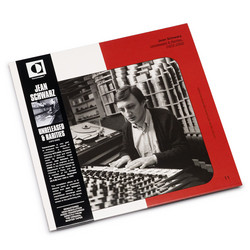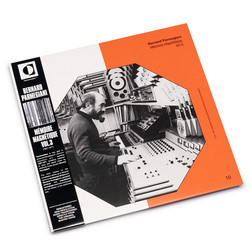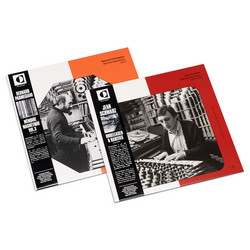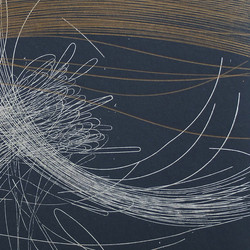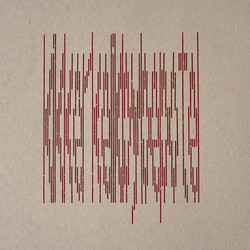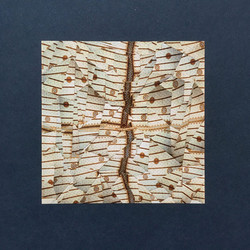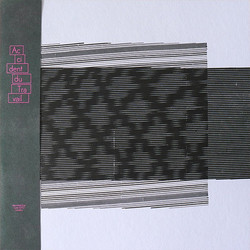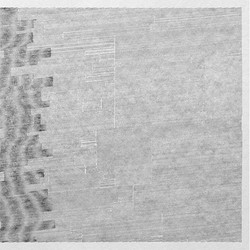* Edition of 350 copies * With Pièces Monophoniques, Marc Melià continues his exploration of beauty within constraint. The Majorcan composer and producer, long based in Brussels, turns to the fundamental principles of sound—tone, repetition, and space—to create an album that is both minimal and deeply affective. Issued by the Belgian label Vlek, this third full-length captures Melià’s most essential gesture: music as reduction, composition as listening. Each of the nine tracks was recorded using a single analog monophonic synthesizer and custom MIDI sequences played in real time, committed directly to stereo without post-production. In an era defined by infinite digital layers, Melià’s decision feels radical: the choice to compose through limitation rather than abundance. These self-imposed restrictions give rise to a striking sonic purity. The listener encounters not the accumulation of textures but their evaporation—tones that hover like suspended breath, reverbs that open into imaginary cathedrals of sound, and silences that possess as much weight as any note.
The opening piece, Overture, establishes this ethos with a simple ascending motif bathed in delay and reverb, evoking the shimmer of light through vapor. Illusions of Polyphony expands the illusion of multiple voices through the interference of delays and harmonic overtones—an auditory mirage that makes the monophonic instrument appear to sing in plural. Later, Échos et Fantasies constructs a fragile play of echoes where melody and reverberation blur into one another, while Resonances distills the concept even further: a single sustained note transformed by the subtle variations of filter frequency. The closing piece, 224 Steps, introduces a faint rhythmic pulse that recalls walking meditation, each beat a measure of distance crossed through sound. What emerges from Pièces Monophoniques is not austerity but wonder. Melià’s approach, at once ascetic and sensual, reframes the synthesizer as a breathing entity rather than a machine. Each tone feels organic, shaped by the performer’s touch and the instrument’s micro-instabilities. In this balance between control and surrender lies the album’s quiet intensity. It channels ancient monody—the earliest human songs, chants, and laments—through electronic circuitry, reaffirming that the emotional potential of music resides not in complexity but in attentiveness.

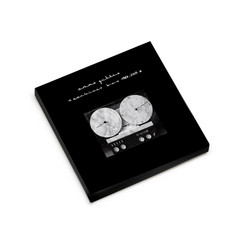
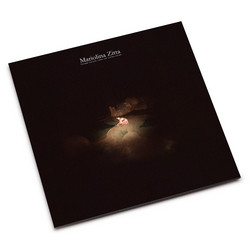
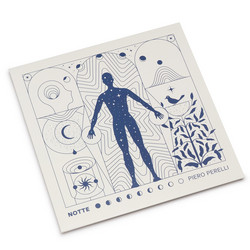

![Eyry]](https://cdn.soundohm.com/data/products/2025-11/anne-gillis-art-into-life-jpg.jpg.250.jpg)
